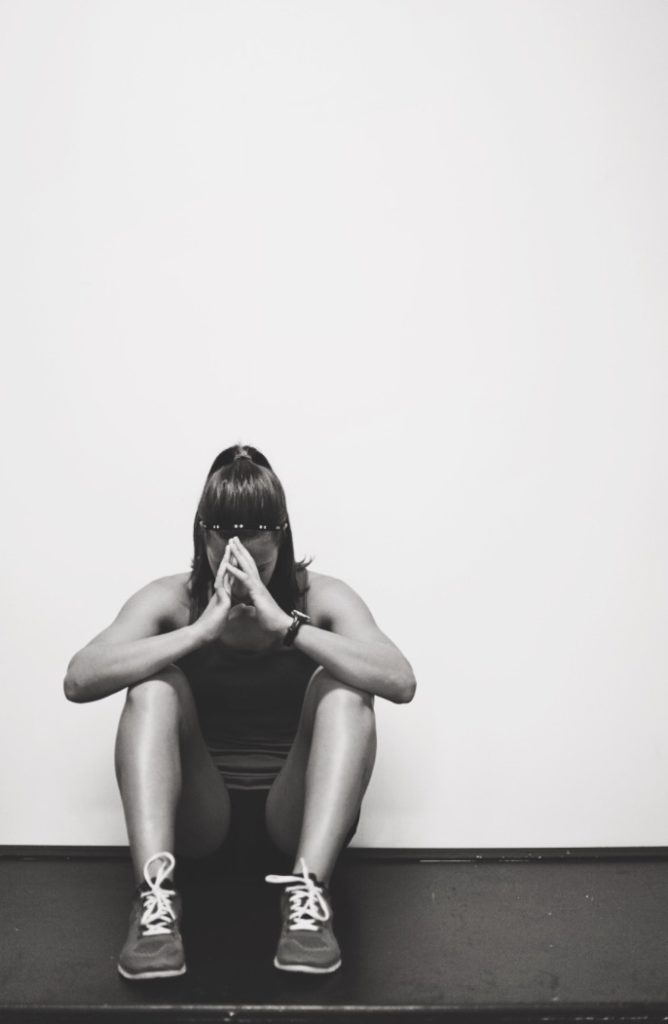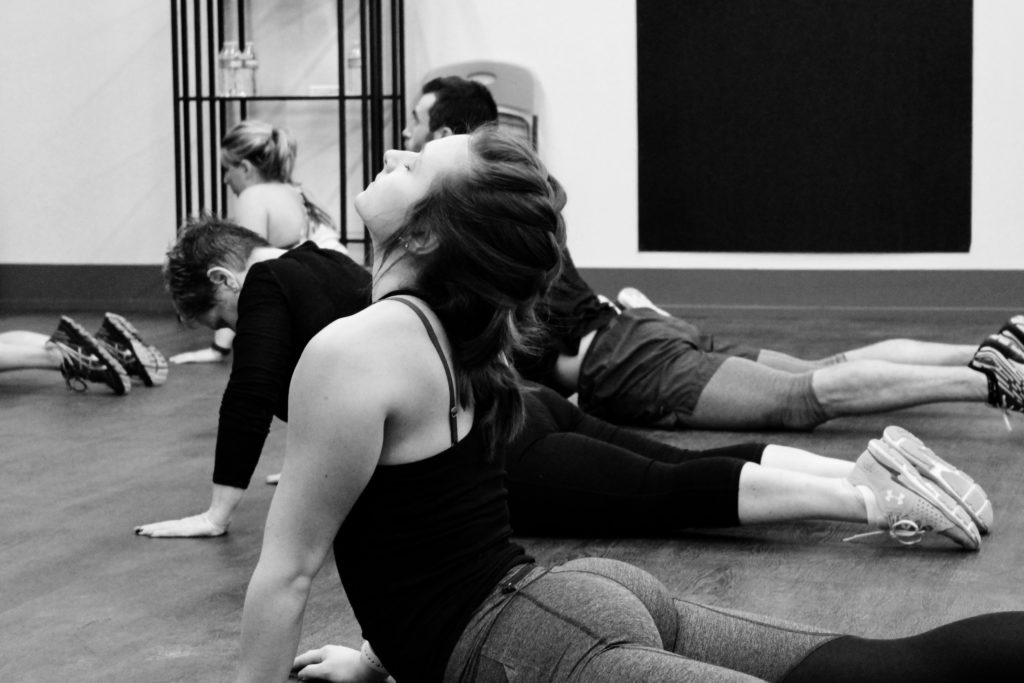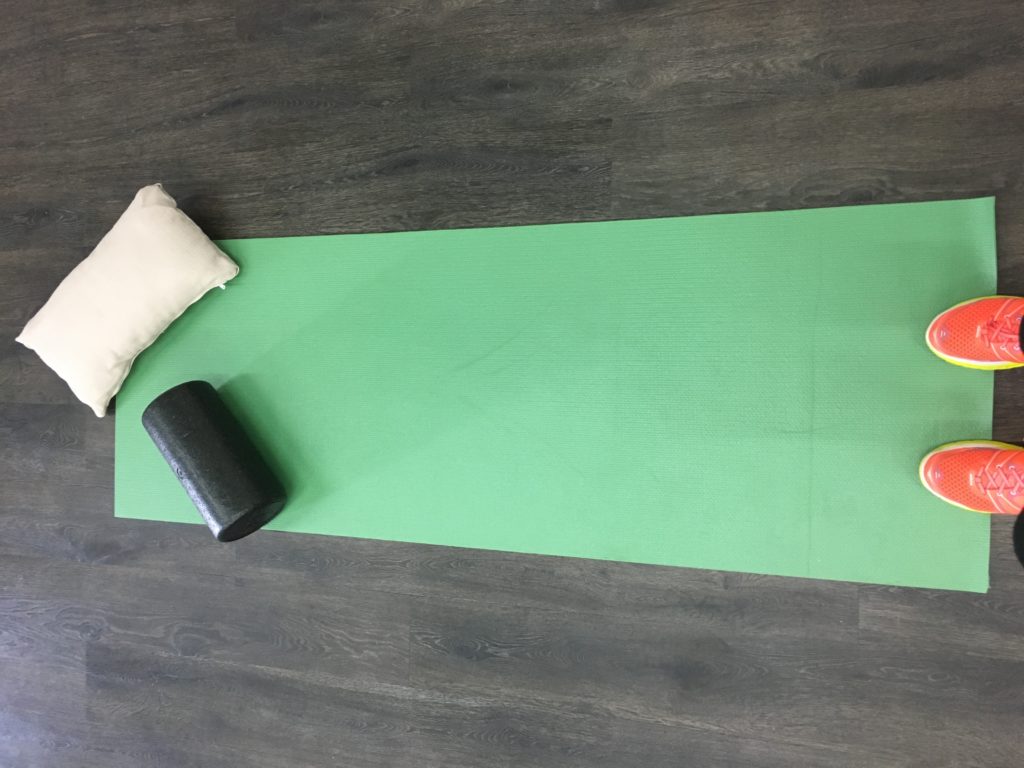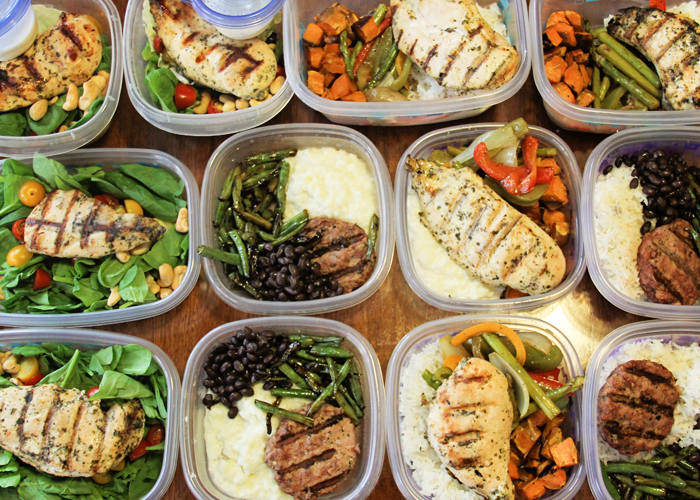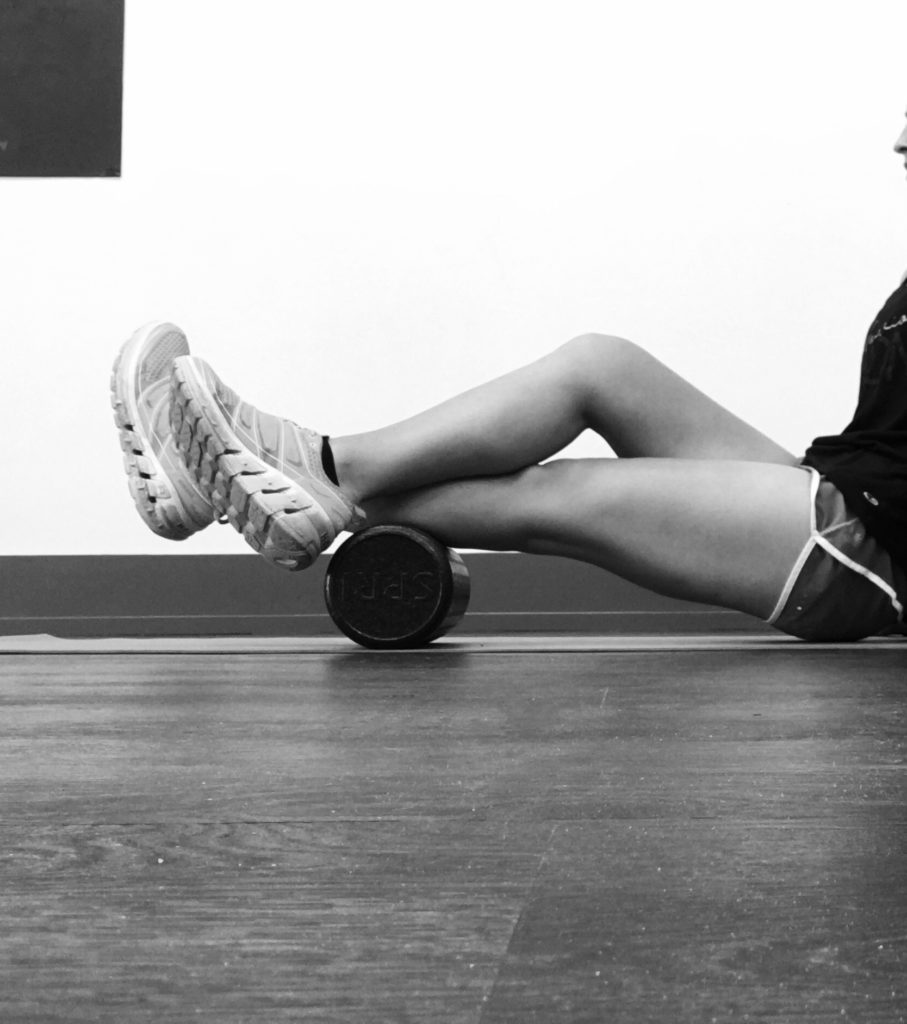Any thing we do, any exercise breaks down, depletes, and changes the body. Chemically, our bodies change. Physically, small tears occur in our muscles. Emotionally, we experience a wide variety of feelings, and fatigue almost always makes an appearance. When you write them down, they sound scary and intimidating. If I want to get better, how could this possibly be good for me? Truth be told, to get better and improve performance, these things MUST occur. In exercise science, we refer to this as the principle of progressive overload. Simply put, that means you have to stress the body and push further than before in order to get better.
Unlock Your Potential
However, in order for us to experience the full benefits of this principle, we must allow time for the body to recover. In fact, without RECOVERY, we cannot progress or reap the full benefits of our training. Recovery, by definition, is the act, process, or an instance of disorder or shortcoming, returning to a normal state. In athletes, it is the time to rebuild and repair our broken muscles, chemical imbalances, and mental fatigue that occur when we train. Without recovery, we cannot get stronger, faster, or better. Mentally, recovery offers a break from training, allowing us to come back with more focus and passion for our sport.
Recovery is Necessary
If you’re like me, the word recovery has your bike shorts in a bunch and ready to run in the opposite direction. Typically, the multisport or endurance athlete hates recovery. We trick our brains into believing that more is best and rest causes us to quickly lose fitness. I stand at the front of this pack. In fact, at one point in my life, I could have earned the “most likely to never take a rest day ever” senior superlative. What we need to do is retrain our brains to believe that rest and recovery are integral parts of our training and important tools in our tool boxes. The good news, you don’t have to take complete days off, though that might be necessary from time to time. There is a good chance that you will know (or your coach will tell you) when you need to take a complete day off. That is what I like to refer to as passive recovery. You take a complete day off from physical activity. This isn’t an easy bike or swim or jog. It’s a day off. Put on your normal people clothes and step away from your bike.
But there is another type of recovery. If passive recovery is stopping to catch your breath, active recovery is an easy jog after a hard interval. Active recovery could be the lower intensity workouts between hard workouts. However, it’s also what you do between all your workouts. I’ve found three things KEY in my personal recovery journey.
Recovery Strategy 1: Sleep
Why? Because when we sleep our bodies rebuild and repair. This is crucial to our increased performance. The average American needs at least 7-9 hours of sleep a night but only gets around 6.5 hours. Chances are good the average American isn’t spending extra hours training in the early morning or late in the evening, which means endurance athletes might be at greater risk for even fewer hours of sleep. It is possible you might also require more sleep than the average individual. Aside from just feeling better and having more energy, appropriate sleep levels will help improve your focus, reaction time, and speed as well as reduce your injury rate. In a sport where focus and reaction time can mean the difference between finishing and crashing, sleep could be considered a key factor in training. So, turn off your electronics, make sure the room is dark, and try to keep the temperature around 62-68 degrees Fahrenheit for optimal sleeping conditions.
Recovery Strategy 2: Eat Food
The second recovery strategy is to eat REAL food. It sounds silly at first. But, if you look at the money spent on supplements, shakes, and nutritional products… well, you could buy quite a few bikes from TriSports.com with that money! These products definitely have their place, however, there is no substitute for real and wholesome food. The vitamins, minerals, antioxidants, proteins, carbohydrates, and fats found in real food are essential to energy for training and repair from training. What you eat (and when you eat) are different for everyone. Just like your race day nutrition strategies, figure out what works best by paying attention to how you feel after different types and times of meals. Think of your food as fuel. If you put cheap gasoline in your car, it will run, but not as well or as efficient as if you put in quality fuel. The same is true for food. The quality of the food you put in directly affects your performance. Excess sugars and processed foods can lead to inflammation in the body, the exact opposite of what you want when you are trying to recover.
In the event that you need to supplement because real food isn’t an option, aim for bars, drinks, and supplements that use as many real ingredients as possible. Confession: it’s really hard for me to eat real food right after a tough workout, but a nice cold recovery drink I can totally stomach. Choose from brands that care about what ingredients they use. My favorite go to’s include Infinit Nutrition Repair Formula and Hammer Nutrition Bars.
Recovery Strategy 3: Physical
The third recovery strategy encompasses what probably comes to mind when you hear recovery, the physical recovery strategies such as massage, compression, foam rolling, icing, elevation, and stretching. From my experience, every athlete has their favorite methods. Some people swear by the ice bath while others prefer massage. Some athletes can be seen traveling with their foam rollers sticking out of their bags. Is one better than another? Not really. The best method is going to be the one which you will actually use. For example, if you aren’t ever going to make time to go get a massage, that isn’t the recovery strategy I would pick for you. Instead, something you can do at home with minimal time commitment is most likely a better choice. The point is, whatever you choose, you have to actually use it for it to be effective. Watching TV with your foam roller as an arm rest isn’t good enough. Trisports.com has an entire section of their website devoted to body care and recovery here.
Know Your Recovery Basics
Whatever method you decide to use, make sure to know the basics to make it work for your recovery and not against you. For example, icing muscles for more than 20 minutes at a time leads to reverse results. Make sure you have at least equal time off the ice between sessions. When stretching, you want to stretch muscles and tendons that are warmed up, not cold. A great time to stretch is post workout or at the very least after a walk. Hold each stretch for at least 30 seconds and remember that you can hyper stretch connective tissues. Stretch to a reasonably comfortable place and don’t force your joints where they don’t want to go. The same goes for foam rolling. If you are going to take a yoga or stretching class or get a massage, make sure the professional you go to is credentialed and has your recovery and best interest in mind. Finally, make sure that if you are going to be sitting around with compression on, that you have full socks on and not just calf sleeves. Sitting around in calf sleeves can lead to blood clots, so it’s best to save those for while you are in motion.
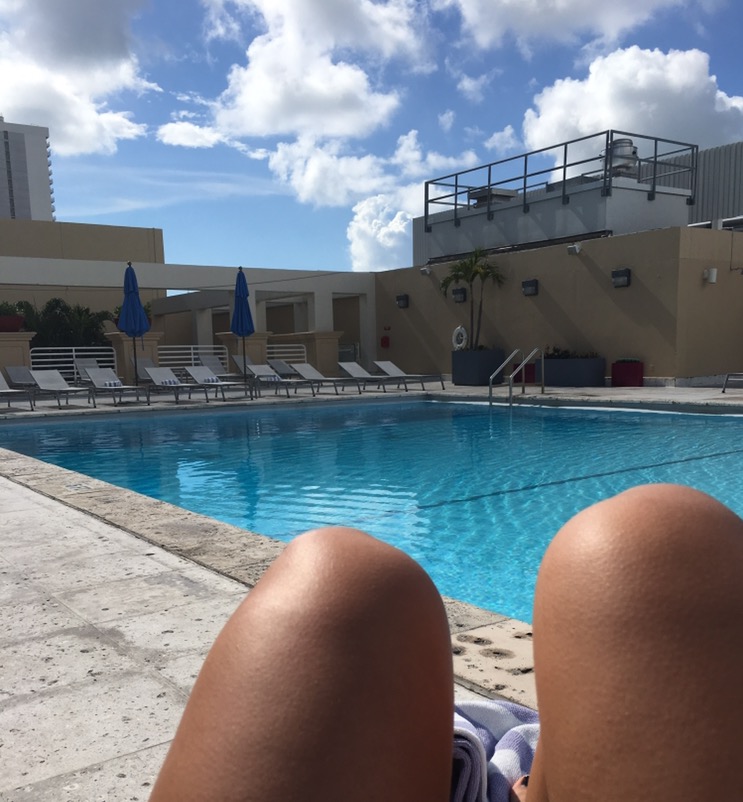
Typically for endurance athletes, training is easy while recovery is hard. We are gluttons for the training “torture.” We strive for perfection, often falling into the trap of overtraining, injury, and decreased performance. Taking days off periodically along with daily recovery strategies are key to increased performance. Don’t be an amateur when it comes to recovery. Recover like a pro.
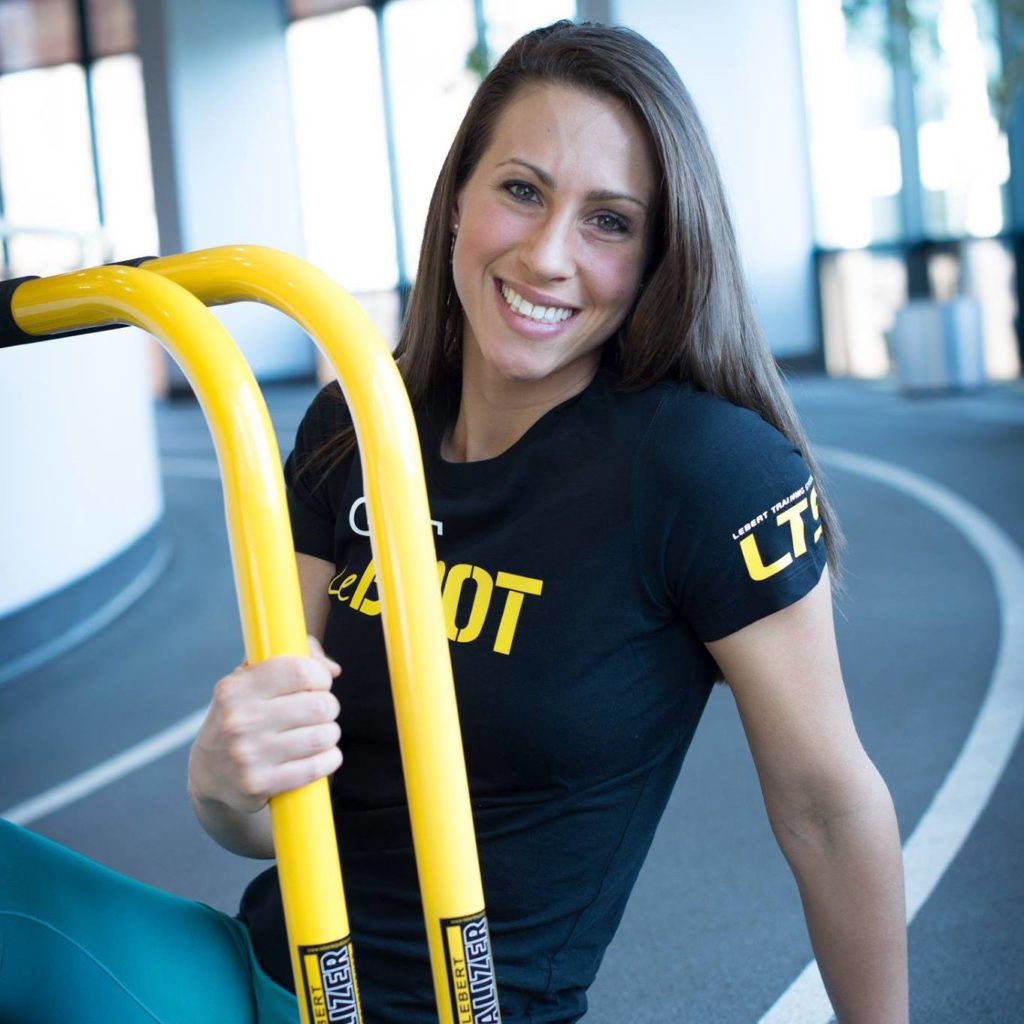 About the Author: Amanda Mercer, a former collegiate water polo player turned triathlete, owns her own fitness and wellness studio in southern Ohio. Her mission is helping all people find true health and fitness by working on all aspects of their life, not just their physical training. When she isn’t training at the studio or coaching, Amanda can be found swimming, biking, running, or cooking with her husband. You can follow her on Instagram at @thrivefittlife or @amandamercer_fitt or at www.thrivefittlife.com.
About the Author: Amanda Mercer, a former collegiate water polo player turned triathlete, owns her own fitness and wellness studio in southern Ohio. Her mission is helping all people find true health and fitness by working on all aspects of their life, not just their physical training. When she isn’t training at the studio or coaching, Amanda can be found swimming, biking, running, or cooking with her husband. You can follow her on Instagram at @thrivefittlife or @amandamercer_fitt or at www.thrivefittlife.com.

